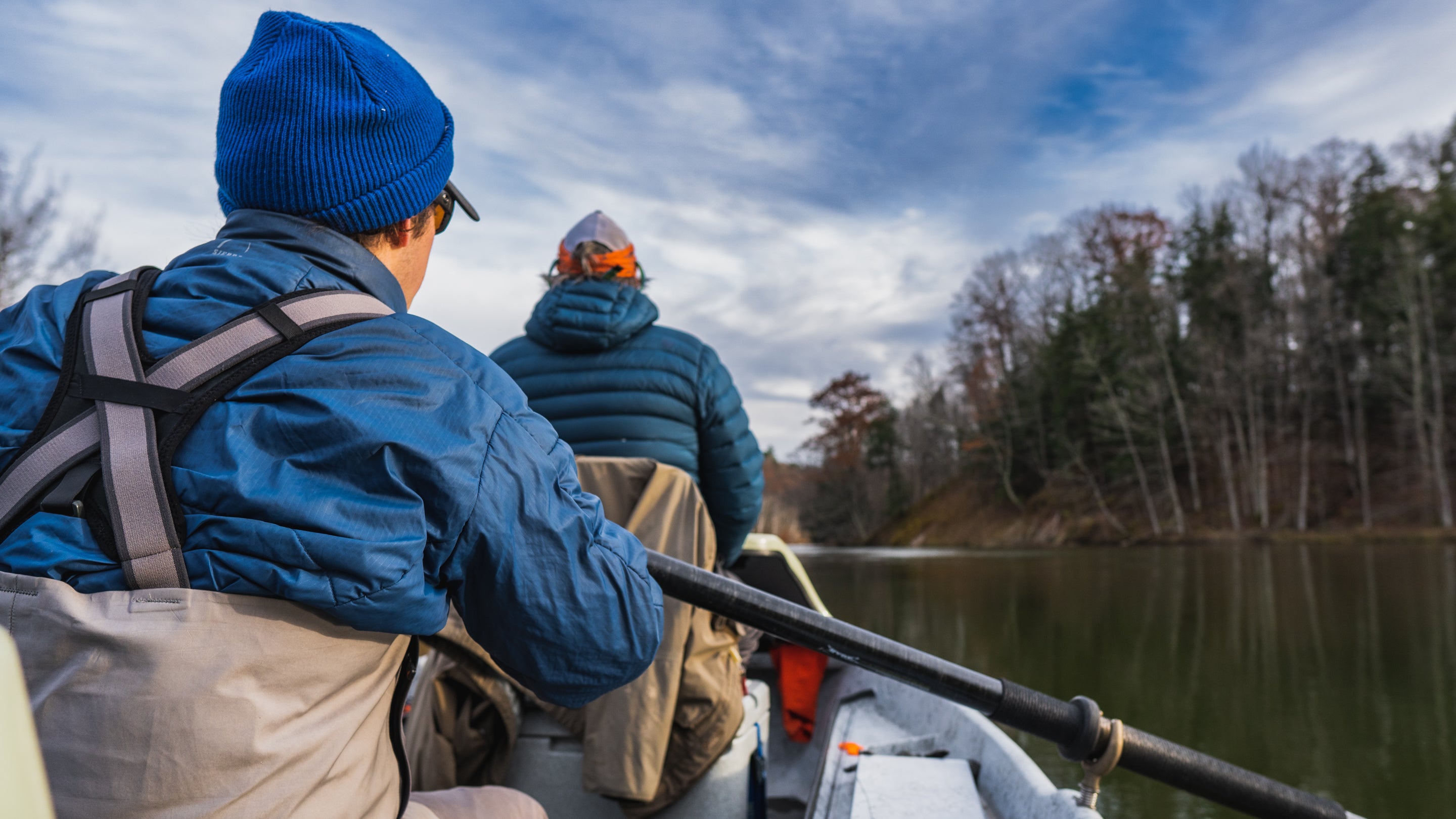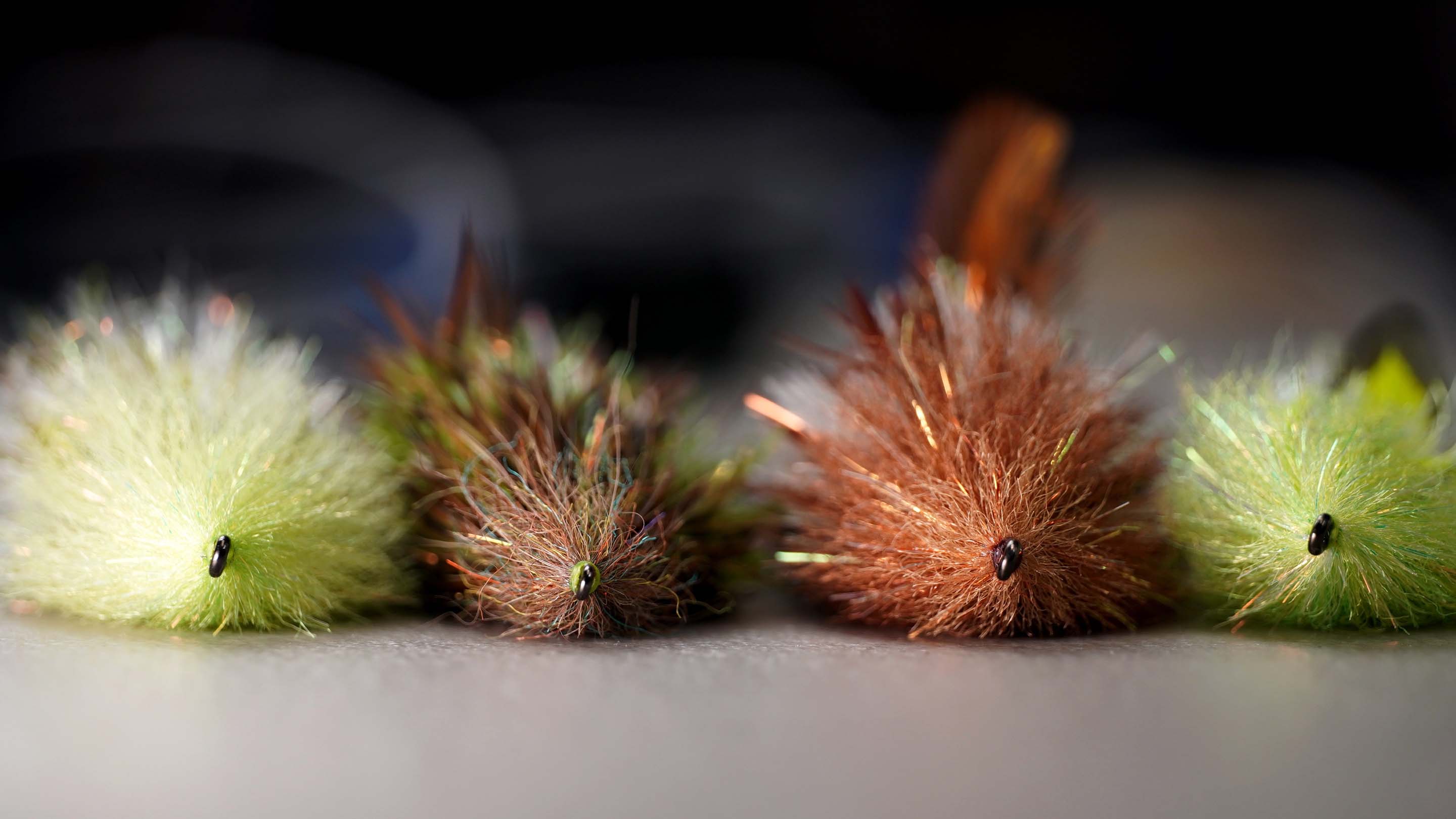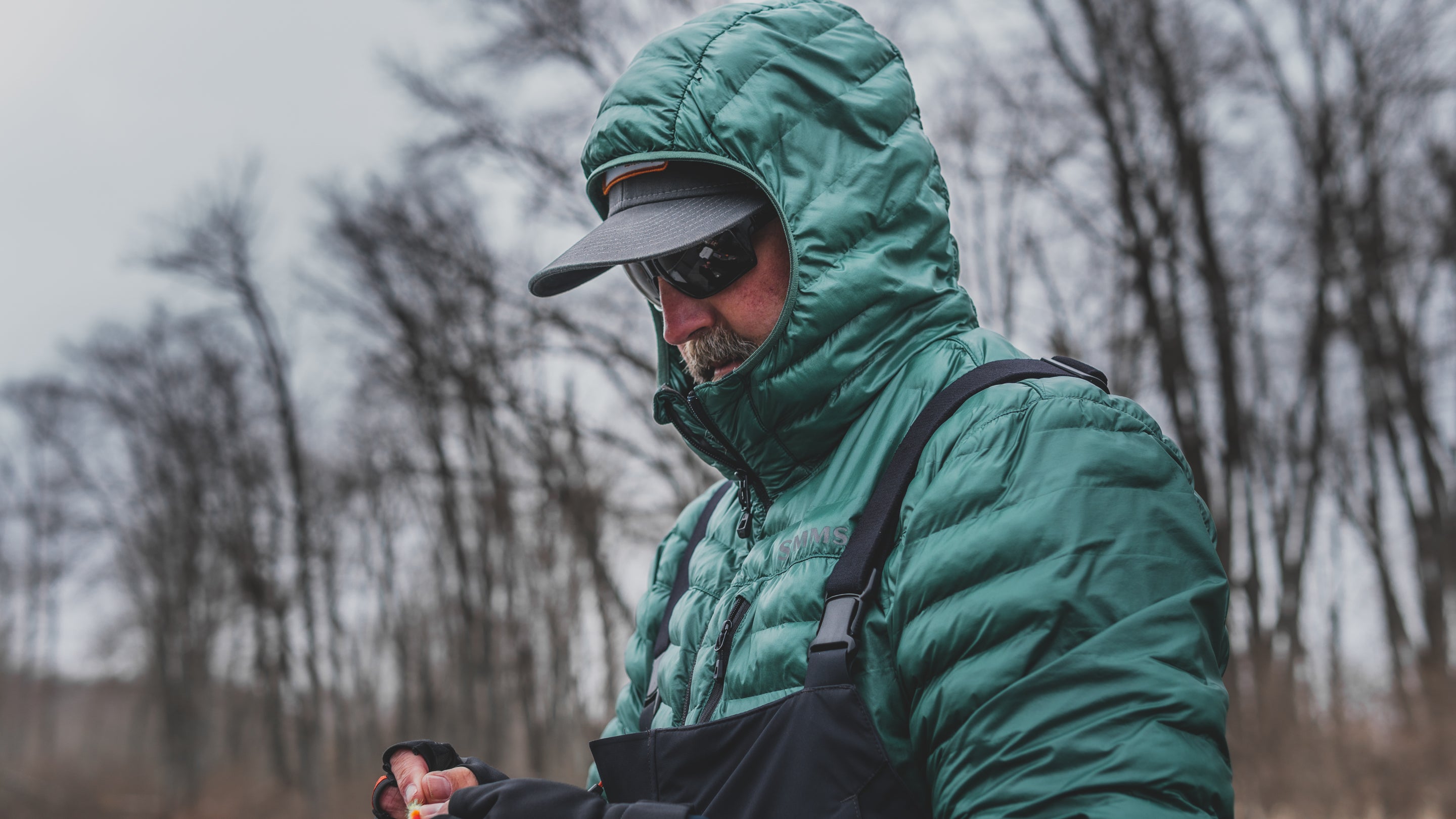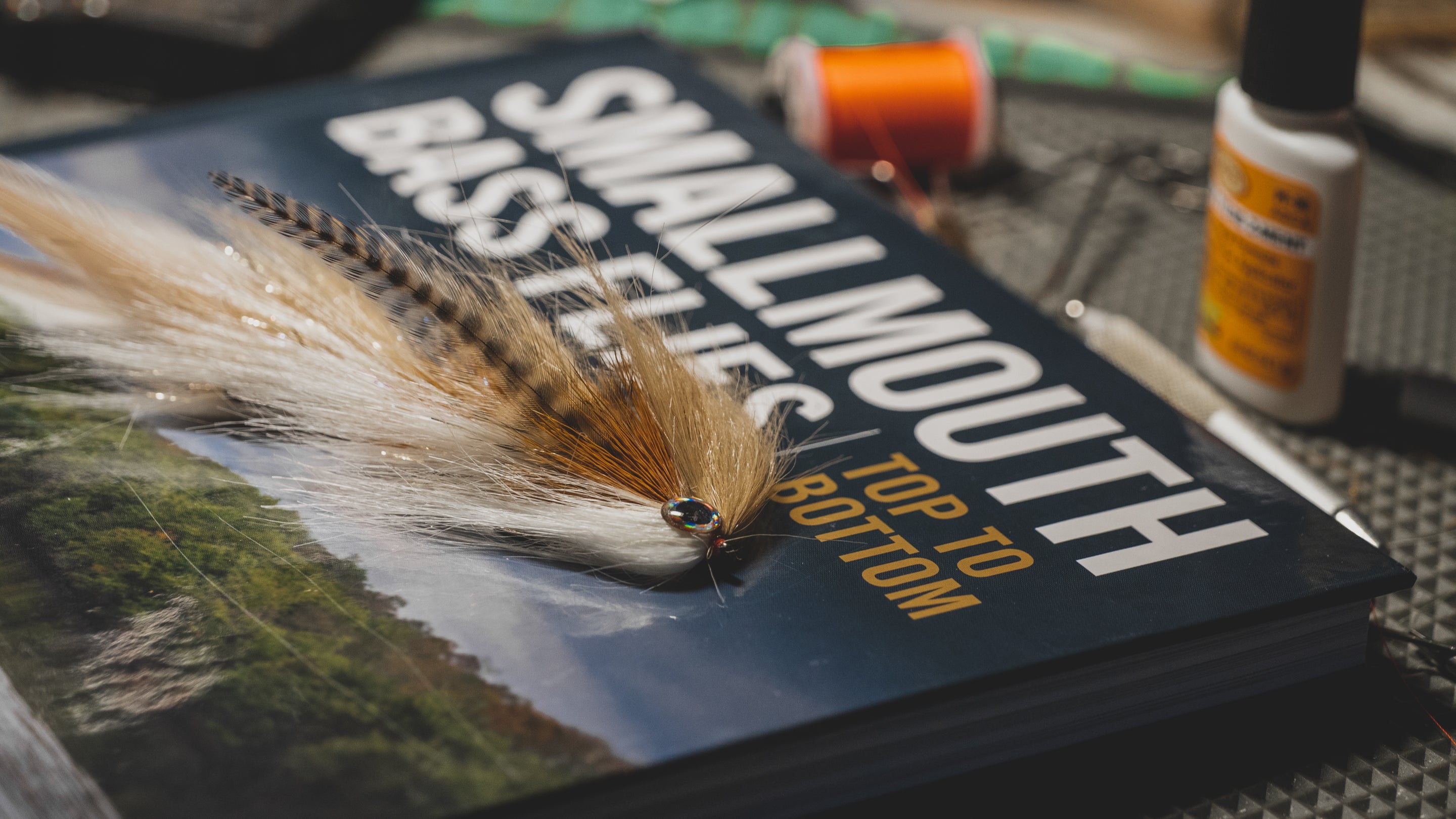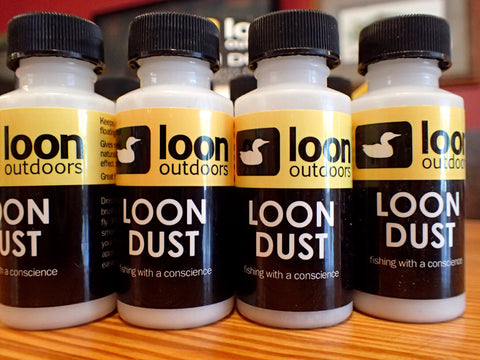Floatant Primer
Understanding Floatants
So, there you are standing at the counter of your local fly shop with a tin of fresh new flies sure to fool the big one when the shop guy asks”need any floatant?” As if we fisherman need one more product to buy, one more gadget, gizmo or widget. Of course there are seemingly endless options. It’s like ice cream nowadays; what ever happened to chocolate, vanilla, and swirl? I digress...
I promise the person behind the counter isn’t trying to sell you something else to rattle around in your tackle bag never to be seen again. Floatant is a serious tool for dry fly anglers in almost every fishing situation. WIth the right product or system, an angler will be able to keep his fly floating longer and higher in all water conditions. It can also dry out and refloat your fly after that fourteen inch brown took it for a ride underwater.
Fortunately and unfortunately there are more choices than ever when it comes to solving this age old problem. Although we now have products specifically designed for any situation you may encounter, consumers are now faced with an overwhelming array of choices that exhausts many anglers attention span. We’re going to break down the major floatant categories so you can be a more informed consumer and have what you need on the water to be successful.
Gel
Gel floatants are the most popular today, you’ll see them from companies you recognize and companies you do not. They are easy to use, easy to fit into your pocket and don’t break the bank. This is a silicone based gel that acts as a sealant preventing your flies from absorbing water and sinking. You’ll want to treat your flies with this product before you start fishing them; no sense in sealing in water they’ve already absorbed.

At The Northern Angler we carry Aquel from Loon Outdoors and have been extremely happy with its performance on the water. Once your fly starts to absorb water, you’ll want to dry your fly out with our next floatant type instead of applying more gel. By applying more gel, you’ll simply be sealing in what your fly has absorbed.
Dry Shake
Dry shake needs to be part of your floatant system, no matter what initial treatment you prefer or forego. If you are fishing, your fly will eventually become waterlogged (yes, even foam). When that happens, you need to dry your fly or change it.
Although there are a few gel floatants on the water, we as consumers are bombarded with choices for a dry shake. There are fine grinds, medium grinds, coarse grinds and even some with color changing indicator beads. It can be a little overwhelming.
There are two main products we like to use at The Northern Angler, Top Ride from Loon Outdoors and Shimazaki from TMC. Both are extremely similar as they have been designed to absorb water from your fly and coat it with a powder floatant simultaneously. I will say the ratios are slightly different as Top Ride seems to have more drying agent and Shimazaki seems to have more powder floatant.
Some folks I fish with are surprised by how often I use dry shake. When my flies are riding high they are easier to see. When my flies are easier to see, I fish better.
Liquids
Liquid floatants have been around for some time and typically have a simple list of ingredients including white gas (coleman fuel) and wax. They are simple to use, effective, and have some great names “Fly Agra.” I like using liquid floatants for large flies such as hex where I can douse the entire fly ahead of time. Whether they are more effective than any other floatant remains to be seen. I suppose I’ll have to go fishing to gather more data.
Brush In
Brush in floatants can look very similar to dry shake but differ in application. Where Loon’s Top Ride has both a drying agent and floatant, brush in floatants are all floatant and designed to be applied with a brush to more delicate flies. If you’re a fan of flies tied with CDC (and you should be) this is a great floatant to have on hand.
Others
We’ve covered the basic floatant types but there are many, many more. There are pastes, sprays, and homemade concoctions that anglers swear by. Try them, experiment, have fun and keep your flies riding high for you and the fish.




